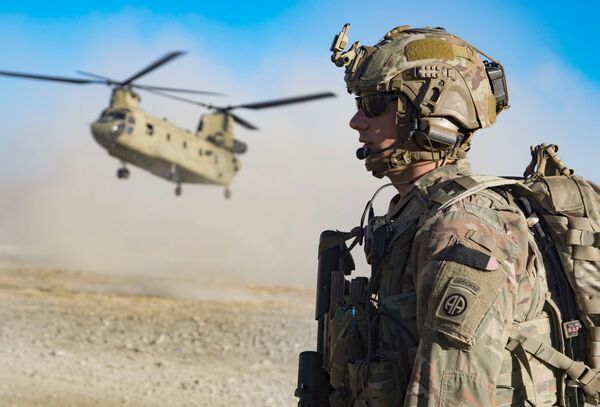- About
- Intara
- Capabilities
- Advisory
- Resources
- News
- Store
14 October 2021
AUSA 2021: US Army leverages data management lessons learned from Afghan pull-out
by Carlo Munoz


A US soldier attached to 3rd Brigade Combat Team, 82nd Airborne Division secures a helicopter landing zone in southeastern Afghanistan in 2019. (US Army)
Senior US Army leaders are in the midst of incorporating the lessons learned from data management shortfalls that plagued the US withdrawal from Afghanistan earlier this year, saying anticipated advances in the service's combat networking construct will close those gaps.
An overloaded and overworked legacy network architecture, the inability to transmit time-sensitive data between US armed forces and allied units, coupled with commanders' incapacity to access data streams outside prescribed formats, all led to data management failures during the Afghanistan pull-out in August.
“We had the legacy network in place, but you had a force that wanted to do everything” in terms of data access and management that simply could not be supported by that legacy network, US Army Major General Christopher Donahue said during a briefing at the Association of the United States Army's (AUSA's) annual symposium in Washington, DC. “Everything that happened out there, we were able to overcome and figure out and do what we needed to do. But we had the network we had,” said Maj Gen Donahue, the commanding officer of the 82nd Airborne Division.
Elements of the 82nd and US Marine Corps units were deployed to the Afghan capital of Kabul to provide security and oversee the evacuation of US citizens and select Afghans from the country, as part of the withdrawal operation.
Already a Janes subscriber? Read the full article via the
Client Login
Interested in subscribing, see What we do
Senior US Army leaders are in the midst of incorporating the lessons learned from data management sh...
Associated services
 Details
Details 